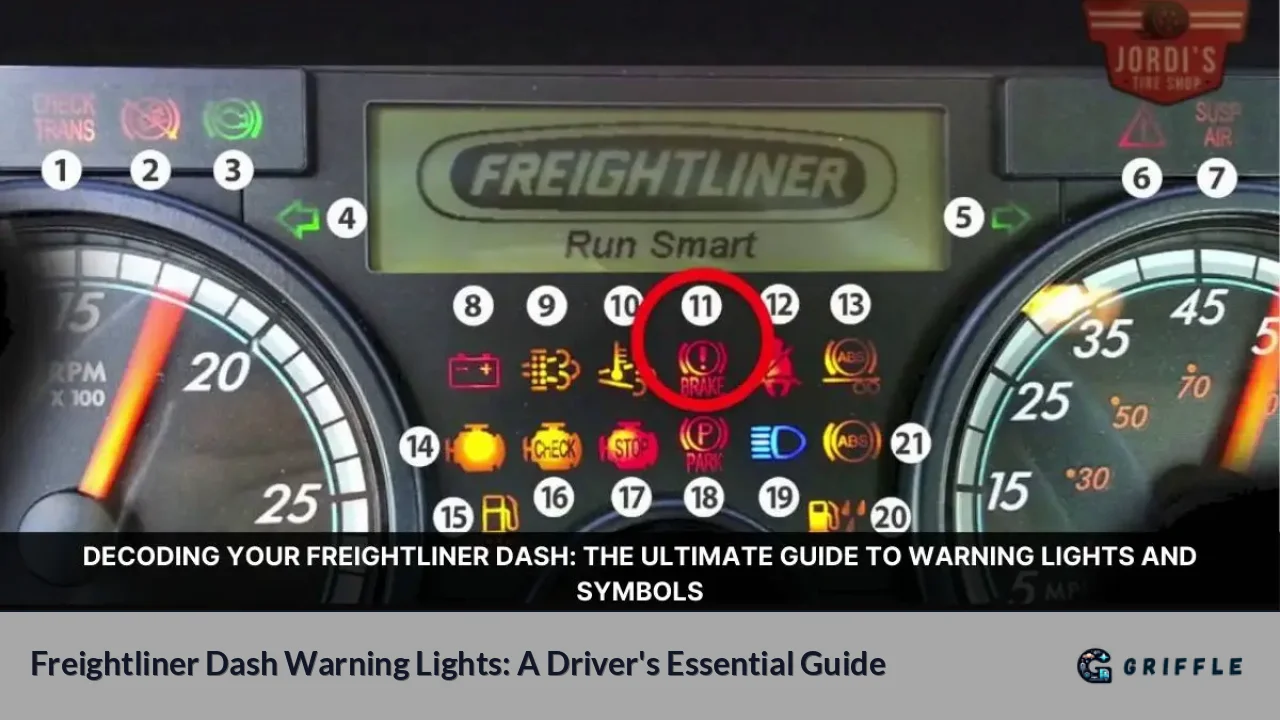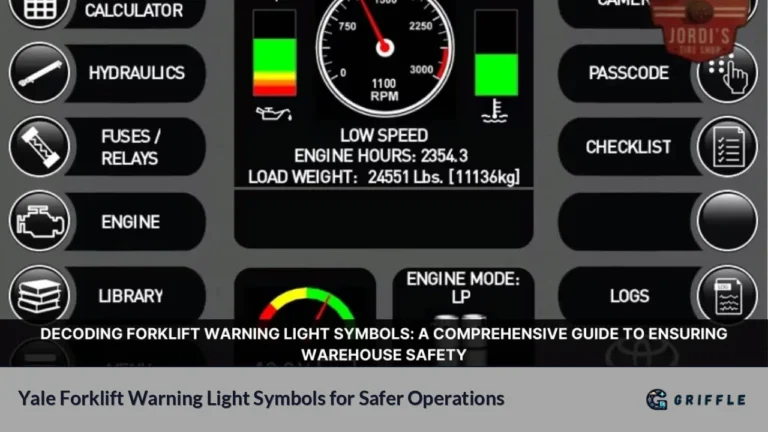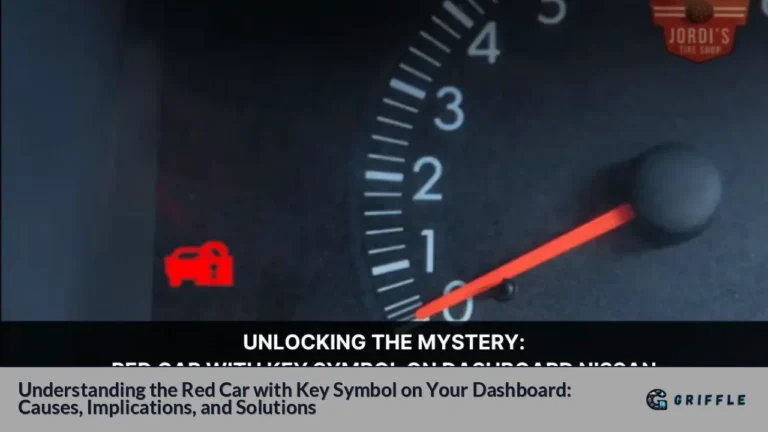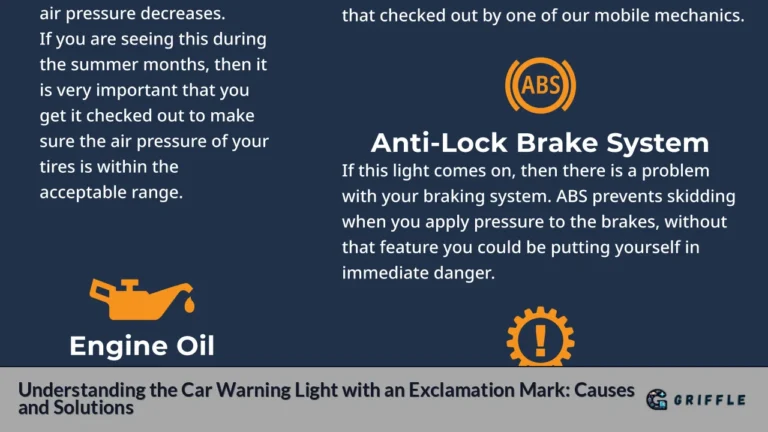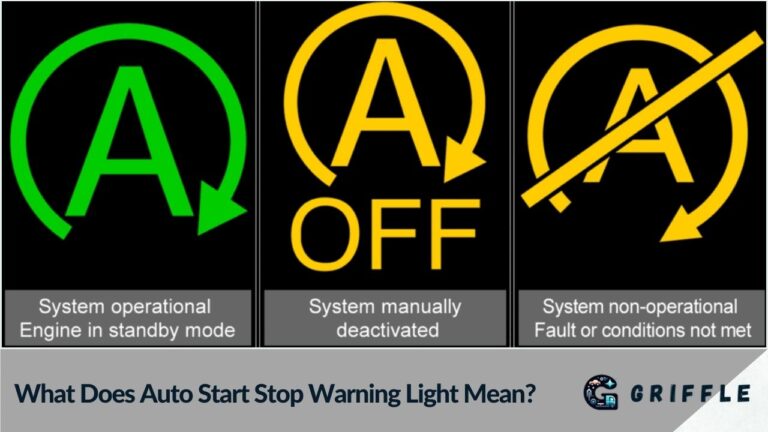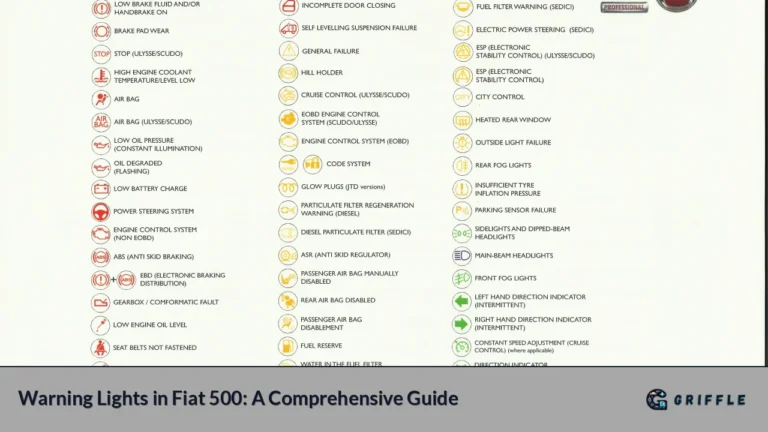Freightliner trucks are renowned for their durability and performance, but like any complex machinery, they come with a variety of warning lights and symbols on the dashboard that can indicate potential issues. Understanding these lights is crucial for maintaining the vehicle's health and ensuring safe operation. This article aims to provide an in-depth look at the various Freightliner dash warning lights, their meanings, and how to address the problems they signify.
The dashboard of a Freightliner truck serves as the primary interface between the driver and the vehicle's operational status. Each warning light or symbol is designed to communicate specific information about the truck's condition. Ignoring these warnings can lead to severe mechanical failures, safety hazards, and costly repairs.
Understanding these indicators requires knowledge of their meanings, which can vary in urgency and significance. This guide will explore common warning lights found in Freightliner trucks, categorize them by severity, and provide troubleshooting steps for drivers.
Table of Common Freightliner Warning Lights
| Warning Light | Symbol | Meaning | Action Required |
|---|---|---|---|
| Check Engine Light | Engine icon | Engine malfunction detected | Check engine diagnostics |
| Stop Engine Light | Red engine icon | Critical engine issue | Shut down engine immediately |
| High Coolant Temperature | Thermometer icon | Engine overheating | Stop vehicle, check coolant level |
| Low Oil Pressure | Oil can icon | Insufficient oil pressure | Check oil level, add oil if low |
| ABS Warning | ABS icon | Anti-lock braking system malfunction | Inspect ABS system |
| DPF Warning | Exhaust icon | Diesel particulate filter issue | Service DPF |
| Low Air Pressure | Air gauge icon | Low air pressure in brake system | Check air pressure |
Types of Warning Lights
1. Critical Warning Lights
These lights indicate serious issues that require immediate attention. Ignoring them can lead to significant damage or safety risks.
- Stop Engine Light: This red light signals a critical engine problem. If illuminated, the driver must shut down the engine immediately to prevent further damage.
- High Coolant Temperature: Indicated by a thermometer icon, this light warns that the engine is overheating. The driver should pull over safely and check coolant levels.
- Low Oil Pressure: This light suggests that oil pressure is dangerously low. The driver should stop the vehicle and check oil levels immediately.
2. Cautionary Warning Lights
These lights indicate issues that need addressing but are not immediately dangerous.
- Check Engine Light (CEL): Often yellow or amber, this light indicates a range of engine-related issues from minor (like a loose gas cap) to severe (like failing components). It’s advisable to consult a mechanic when this light appears.
- ABS Warning Light: This light signals a malfunction in the anti-lock braking system. While brakes may still function normally, it’s crucial to have the system checked.
- DPF Warning Light: This indicates that the diesel particulate filter is clogged or has high soot levels. Regular maintenance can help prevent this issue.
3. Informational Lights
These lights are generally not indicative of problems but rather inform the driver of operational statuses.
- Turn Signal Indicators: These lights flash when turn signals are active, providing essential information for safe lane changes.
- Cruise Control Indicator: This light illuminates when cruise control is engaged, allowing drivers to maintain speed without constant throttle input.
- Battery Service Light: This icon indicates potential issues with the truck's battery or charging system. Drivers should have their electrical systems inspected if this light appears.
Understanding Color Codes
The color of warning lights plays a significant role in determining their urgency:
- Red Lights: Indicate critical issues requiring immediate action.
- Yellow/Amber Lights: Warn of potential problems that should be addressed soon but are not emergencies.
- Green/Blue Lights: Informational indicators that confirm systems are functioning properly.
Troubleshooting Common Warning Lights
1. Identifying the Problem
When a warning light illuminates:
- Identify the symbol on your dashboard.
- Refer to your vehicle’s manual for specific meanings.
- Note any accompanying symptoms (e.g., unusual noises or handling).
2. Assessing Severity
Determine whether you need to take immediate action based on the color and type of light:
- For red lights, pull over safely and address the issue.
- For yellow lights, schedule maintenance at your earliest convenience.
3. Checking Fluid Levels
Many warning lights relate directly to fluid levels:
- Check oil, coolant, and brake fluid levels regularly.
- Top off fluids as necessary to prevent triggering warning lights.
Preventative Measures
To minimize dashboard warnings:
- Conduct regular maintenance checks on your truck.
- Monitor fluid levels consistently.
- Utilize onboard diagnostic systems to catch issues early.
Conclusion
Understanding Freightliner dash warning lights is essential for safe driving and vehicle longevity. These indicators serve as vital communication tools between the truck and its driver, alerting them to potential issues before they escalate into serious problems. By familiarizing yourself with these symbols and taking appropriate actions based on their meanings, you can ensure your Freightliner remains in optimal condition.
Regular maintenance practices combined with proactive monitoring will help prevent unexpected breakdowns and enhance your driving experience.
FAQs
- What does it mean if my check engine light comes on?
It indicates that there may be an issue with your engine or its components; it's best to have it checked by a mechanic. - How urgent is a stop engine light?
This light signifies a critical problem; you should shut down your engine immediately. - What should I do if my ABS warning light is on?
While brakes may still function normally, it's important to have your ABS system inspected as soon as possible. - How can I prevent warning lights from coming on?
Regular maintenance checks and monitoring fluid levels can help prevent many common warning lights from illuminating. - What does a yellow warning light indicate?
A yellow or amber light signifies a cautionary issue that needs attention but is not an emergency.
